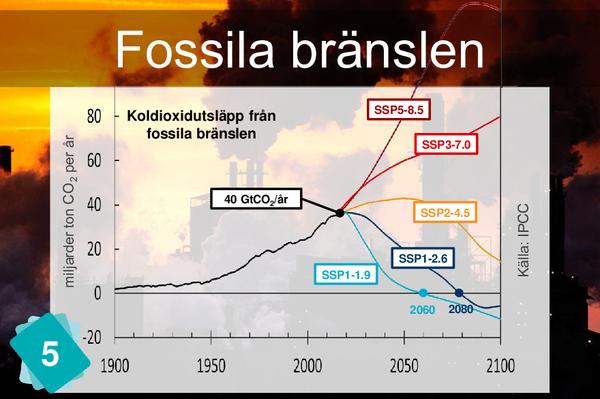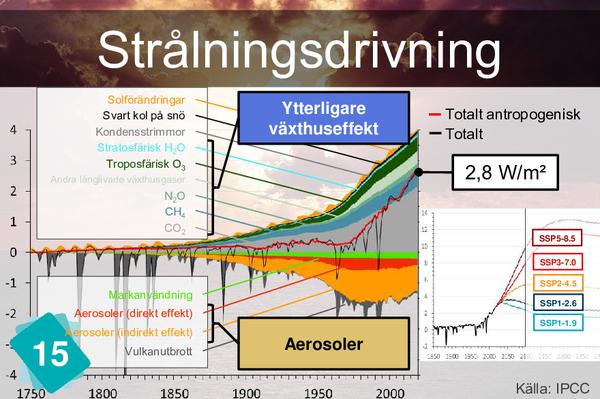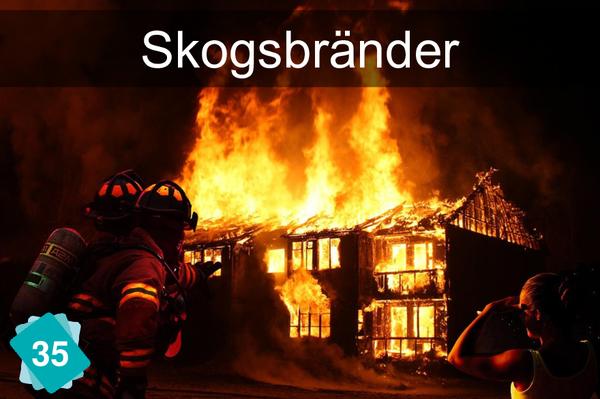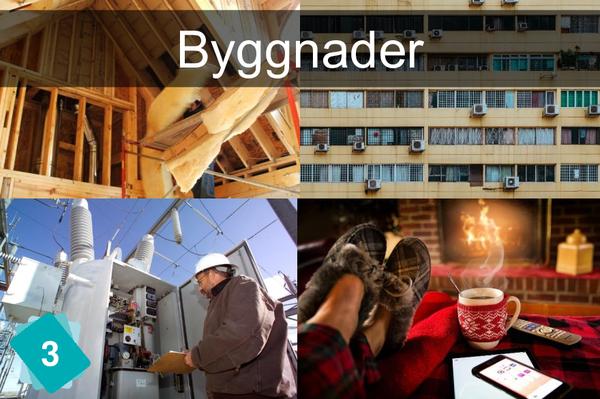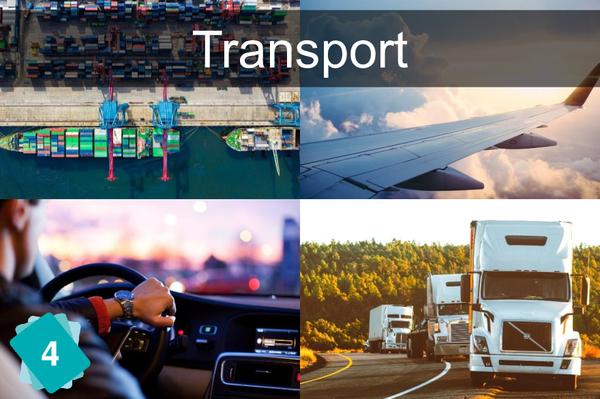10 - Aerosoler
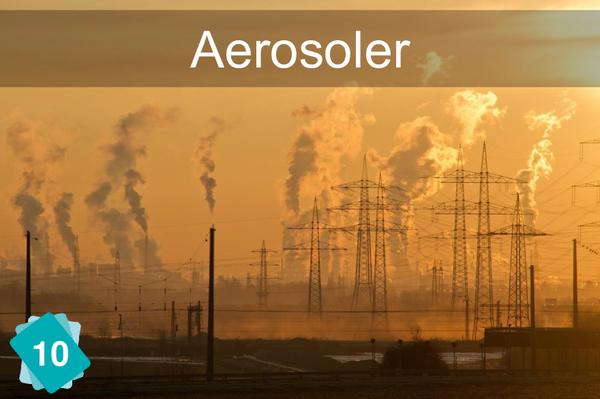
✏️ Den här förklaringen är ännu inte tillgänglig på ditt språk, du kan fylla i detta Google-formulär för att hjälpa oss!
Vi rekommenderar att du tar bort det här kortet om du inte känner dig bekväm med att förklara det, om deltagarna är på lägre nivå i sin förståelse eller om det är ont om tid.
Aerosoler är små partiklar eller droppar som svävar i luften. De släpps ut vid förbränning av fossila bränslen men de finns också naturligt som ökendamm, vulkanaska eller sot från bränder.
Aerosoler medför flera olika effekter. De försämrar människors hälsa. Vidare så minskar de uppvärmningen genom att reflektera solstrålning (inte alla aerosoler gör detta, t ex inte sotpartiklar) och slutligen spelar de en roll i molnbildning och därmed för nederbördsmönster[1].
AR6 WG1 Glossary p2233 (s2216) ↩︎
1Orsak
2Konsekvenser
Aerosoler har två effekter. Vissa kan direkt reflektera solljus, vilket är fallet med sulfataerosoler. I det här fallet har de därför en kylande effekt. Vissa kan omvänt ha en värmande effekt, som sot, som vid avsättning på snö minskar snöns albedo. Aerosoler kan också ha en effekt på moln, vad gäller sammansättning och kvantitet. Sammantaget har aerosoler en stark kyleffekt med en strålningskraft på -1,3 W/m².
KÄLLOR: AR6 WG1 TS.3.1 p61 (p93) // AR6 WG1 6.2.1 p844 // AR6 WG1 Figur TS.15: Radiative force p60 (p92)
Aerosoler utgör stora folkhälsoproblem. De leder till bl.a. andningssjukdomar och hjärt-kärlsjukdomar. Det är en stor oro i Kina till exempel där användningen av kol är mycket närvarande. Även om aerosoler inte är de enda som faller under kategorin "Fina partiklar", dör varje år 391 000 personer i EU-länderna av luftföroreningar, och det orsakar 1,1 miljoner förtida dödsfall i Indien och Kina.
KÄLLOR: https://link.springer.com/article/10.1007/s00114-009-0594-x
4Andra möjliga orsaker
Rök från skogsbränder har visat sig bära giftiga partiklar.
Byggnader släpper ut få aerosoler direkt. De enda betydande utsläppen är från öppna spisar. I Chamonix kommer 85% av de fina partiklarna i atmosfären från vedeldning. Indirekt, via elproduktion, finns det utsläpp av partiklar.
Lokala föroreningar på grund av avgaser från fordon är en av de främsta motiven för att främja elbilar, långt mer än klimatförändringar. Men elbilar är ansvariga för CO2-utsläpp från elproduktionen. Dessa utsläpp beror mycket på landet där bilen laddas.
Besprutning av grödor ger visserligen aerosoler och luftföroreningar, men inte i samma utsträckning som ofullständig förbränning från kraftverk.




